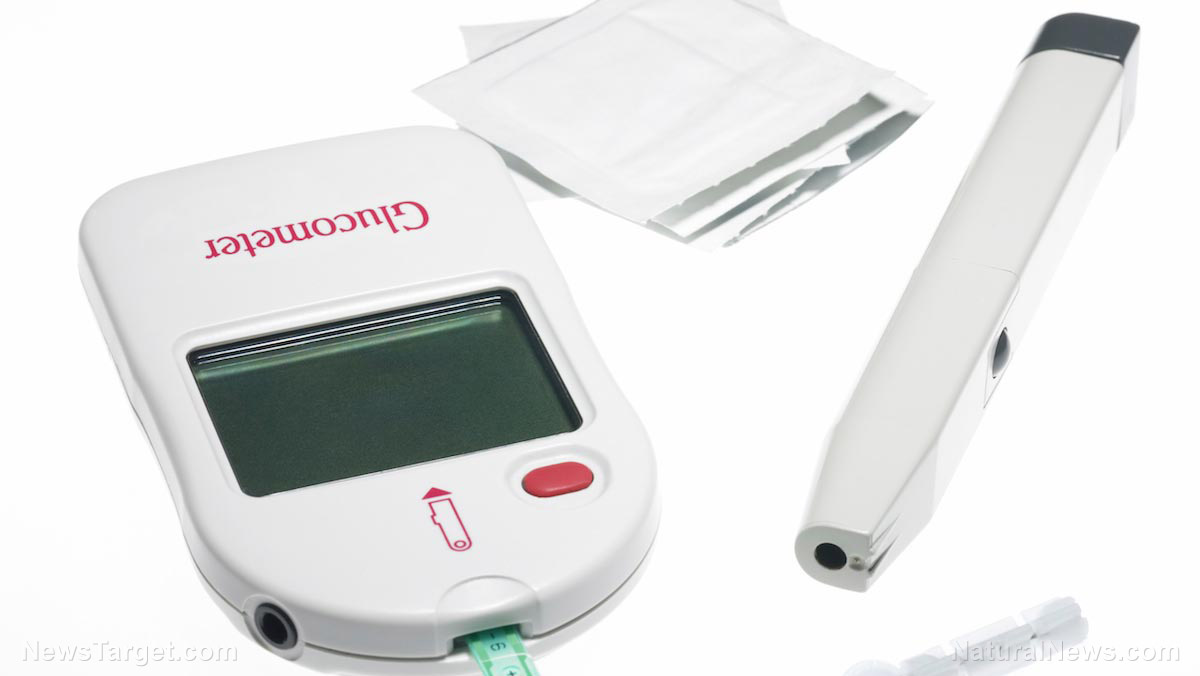Higher vitamin D levels associated with an 80% reduction in Type 2 diabetes cases
01/21/2019 / By Isabelle Z.

If you’re concerned about developing Type 2 diabetes, there’s a good chance you keep your sugar consumption to a minimum. Avoiding sugar is certainly a great start, but sometimes what you do put into your body is just as important as what you don’t – and in the case of Type 2 diabetes, vitamin D could make all the difference in the world.
The role vitamin D plays in preventing Type 2 diabetes was highlighted by a cohort study that spanned 12 years and looked at 900 participants. The researchers assessed participants’ vitamin D levels and diabetic status. Nobody had diabetes when the study began.
They found that those who had vitamin D levels of 30 ng/mL (nanograms per milliliter) had just a third of the risk of developing Type 2 diabetes of those whose levels were lower than 30 ng/mL. It’s an exciting finding on its own, but they also discovered something with even bigger preventive potential: Those with the highest concentrations of vitamin D – 50 ng/mL – were five times less likely to develop diabetes than people with lower vitamin D levels. All told, they found that getting enough vitamin D can help prevent the illness in roughly 80 percent of cases.
With 30 million American adults now suffering from diabetes and 84 million displaying the symptoms of prediabetes, it’s a finding that could save countless people from a life-threatening disease – not to mention billions in medical expenses.
It follows an earlier review that revealed those with healthy vitamin D levels had a 43 percent lower likelihood of getting heart disease or diabetes. That review looked at 28 different studies that involved nearly 100,000 people. The researchers found that those who ate oily fish two or three times per week, along with five servings of vegetables and fruit per day, managed to attain healthy vitamin D levels.
Getting more vitamin D
There are several ways you can get more vitamin D. The most effective route is through sun exposure. One of the authors of the aforementioned review said that 30 minutes twice per week with your face and arms exposed and without sunscreen can help you get adequate vitamin D. However, if you live in a cloudy place or at a higher latitude, supplementation might be necessary. You can find vitamin D in foods like eggs, mushrooms, and oily fish, but it’s difficult to get enough to make a big difference through diet alone. Although the National Academy of Medicine recommends 600 IU of this vitamin each day, people have found great results without side effects by taking as much as 4,000 to 10,000 IU per day.
It’s not just Type 2 diabetes that vitamin D can help prevent, by the way. Studies have also shown an association between sufficient intake of this vitamin and a lower risk of liver and breast cancer, among others. It’s also important for immunity.
Of course, it’s important to keep in mind that vitamin D isn’t the only factor influencing diabetes risk. Dietary and lifestyle choices remain important, so don’t start eating dessert after every meal and think that vitamin D will make up for it. A healthy diet that is heavy in organic vegetables and fruit and very low in sugar and processed foods remains important for preventing diabetes and countless other diseases, and maintaining a healthy weight is also vital. However, if you’re not already keeping tabs on your vitamin D levels, it’s yet another way that you can avoid developing this devastating illness.
Sources for this article include:
Tagged Under: alternative medicine, diabetes, natural cures, natural medicine, nutrients, nutrition, prevent diabetes, prevention, remedies, sunlight, Type 2 Diabetes, vitamin D, vitamins




















